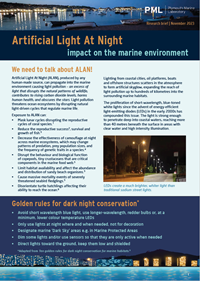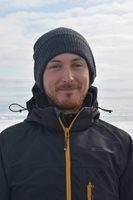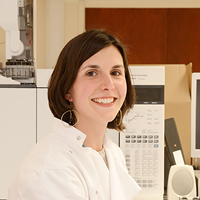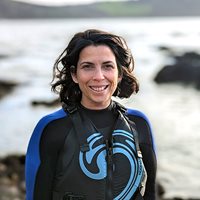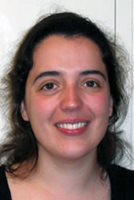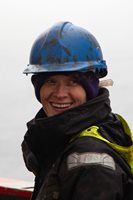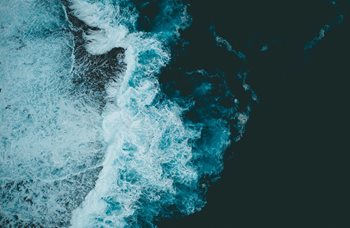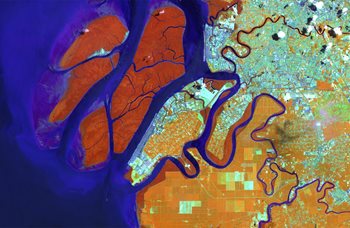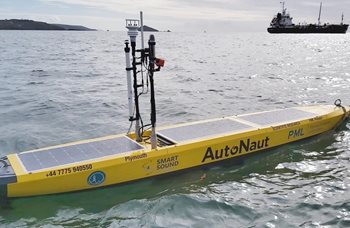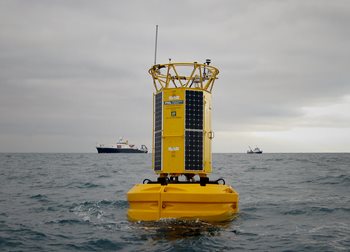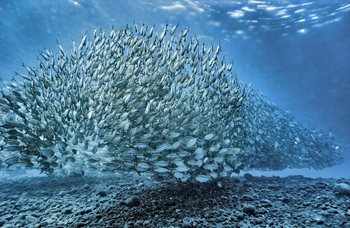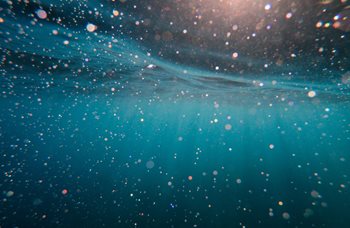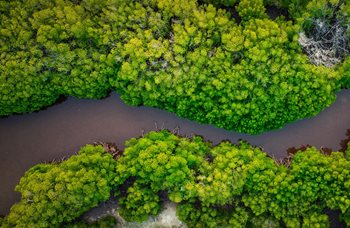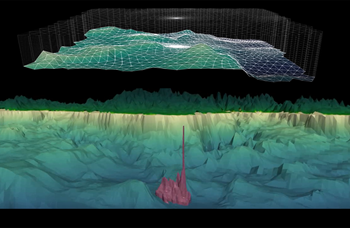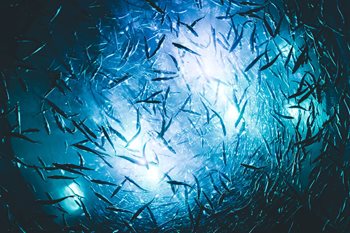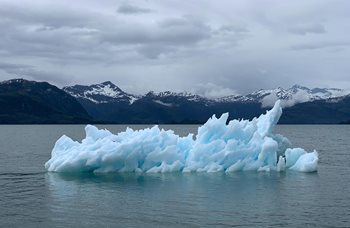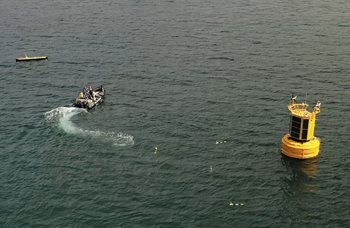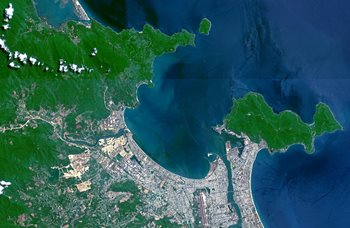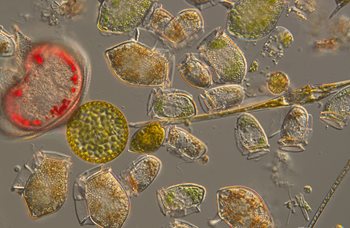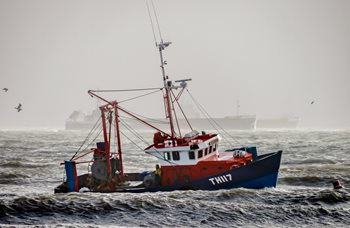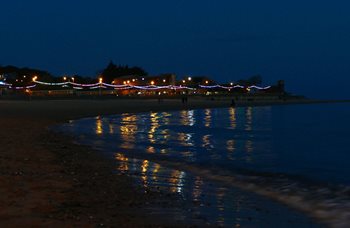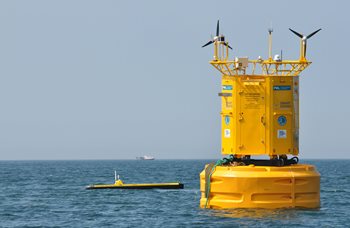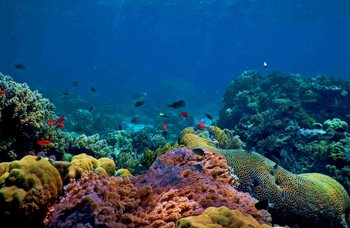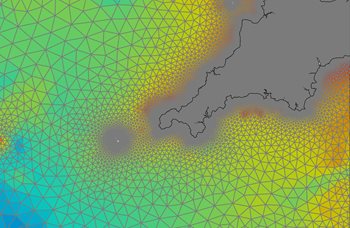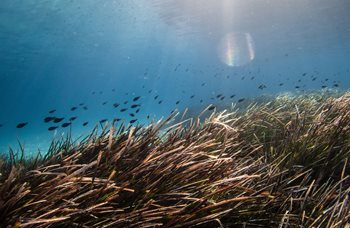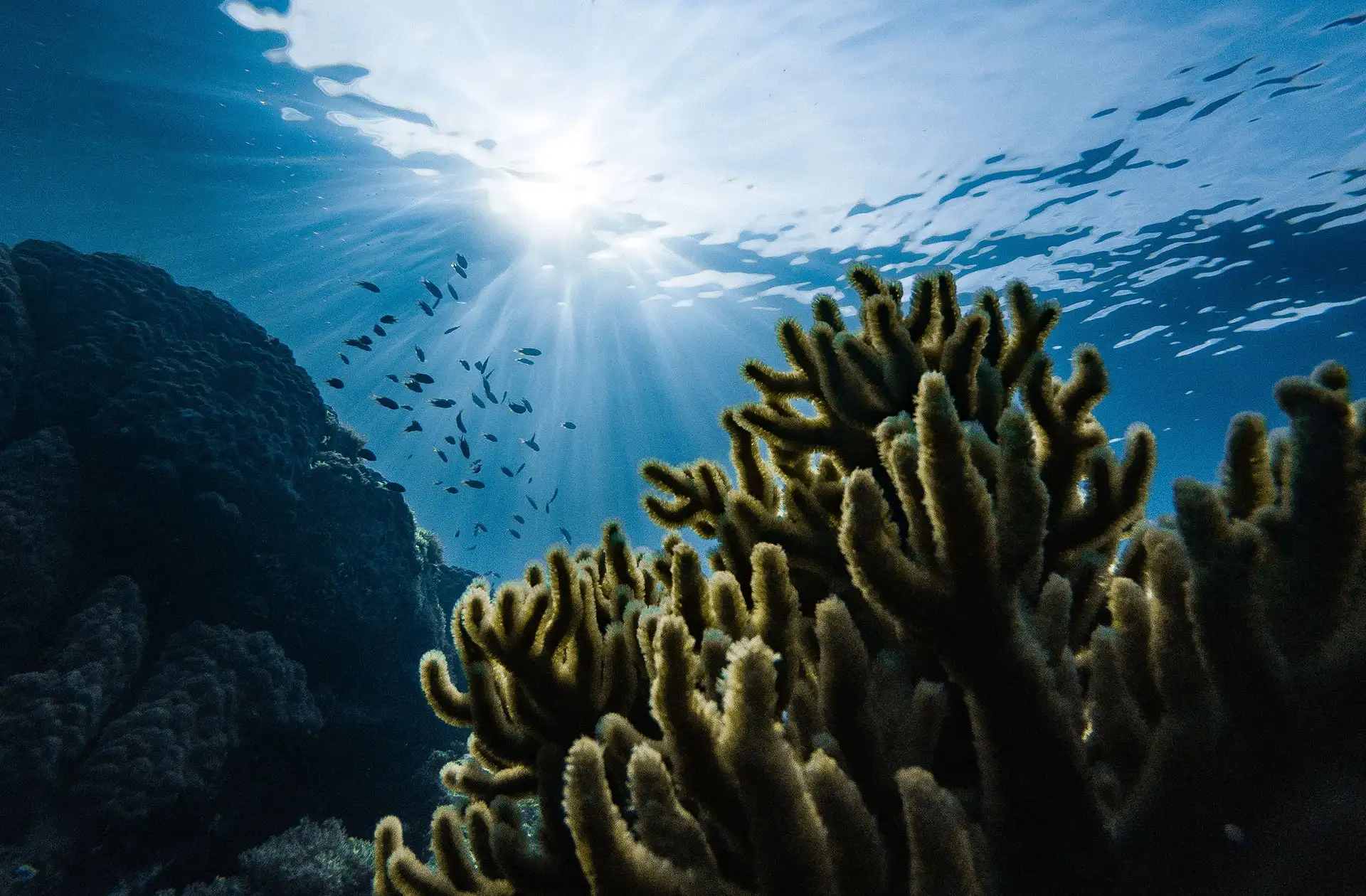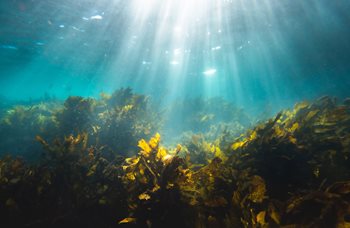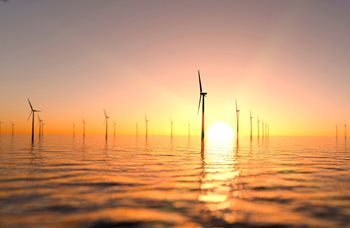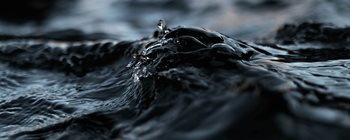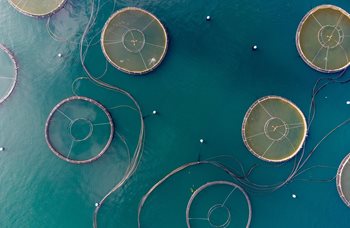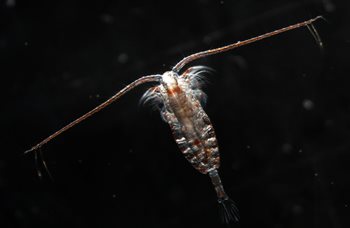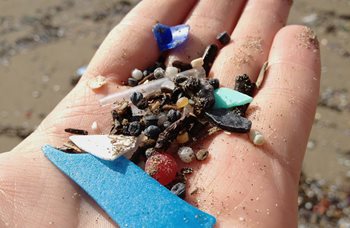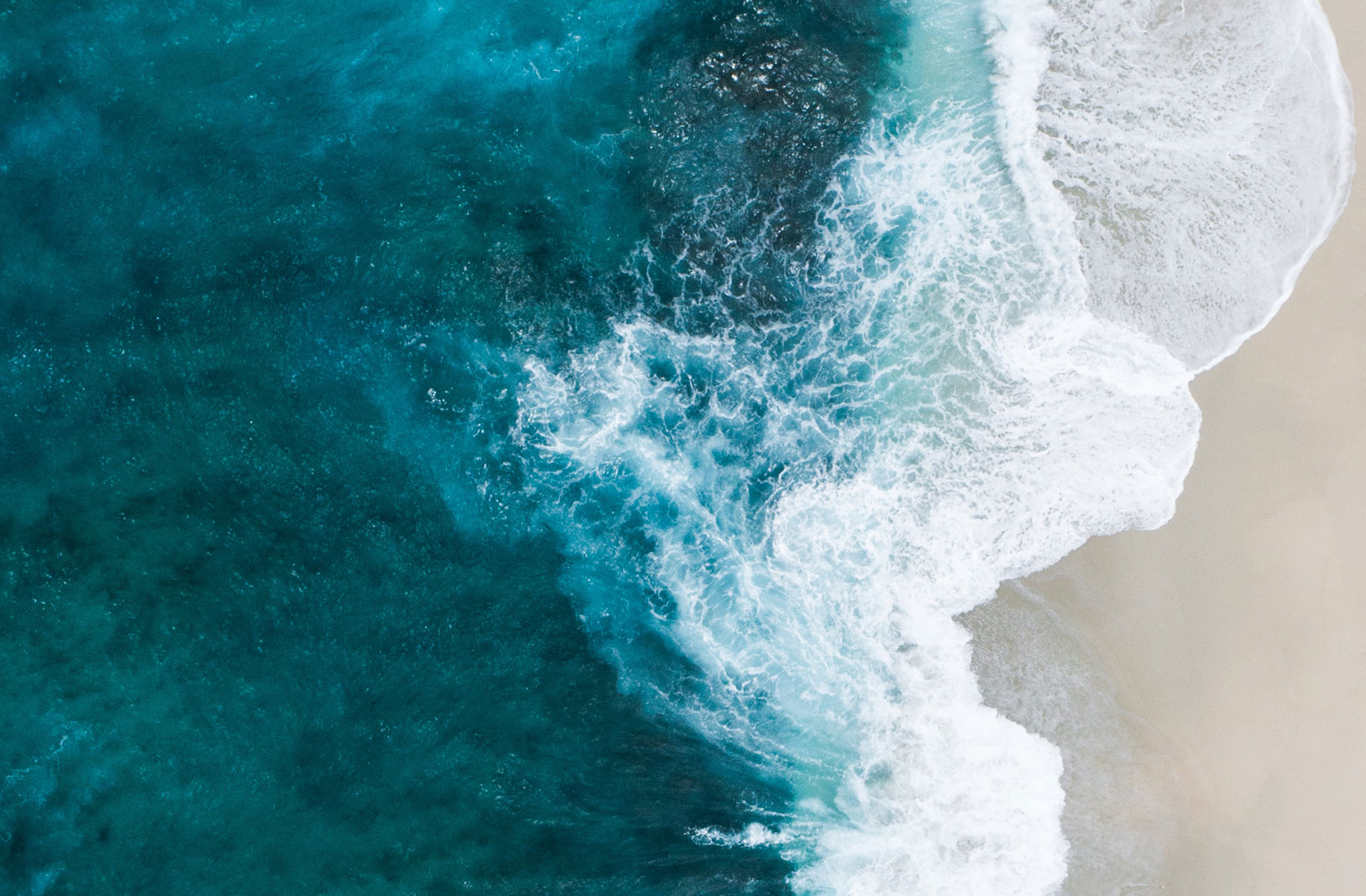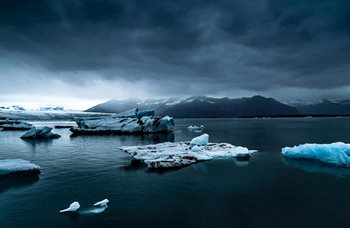Science Topic
Light and sound pollution
Our research aims to understand the widespread and pervasive effects of artificial light at night (ALAN), and sound pollution, on coastal and marine wildlife.
Artificial Light At Night (ALAN), produced by any human-made source, can propagate into the marine environment causing light pollution – an excess of light that disrupts the natural patterns of wildlife, contributes to rising carbon dioxide levels, harms human health, and obscures the stars. Light pollution threatens ocean ecosystems by disrupting natural light-driven cycles that regulate marine life. Examples of this are its effect on the reproductive cycles of coral species and the behaviour and biological function of copepods.
PML provided the first evidence that light pollution affects trophic interactions within coastal communities and has led the development of the first global atlas of ALAN under the sea. Research, led by Prof Tim Smyth, has shown how far light pollution can reach the ocean’s depths and which marine species are the most likely to exhibit a biological response. The research has been underpinned by PML’s extensive expertise in ocean colour satellite Earth observation, social science and ecological responses. We work collaboratively with many research organisations on this threat, in particular Dr Tom Davies’ at the University of Plymouth.
PML’s research can enable light pollution to be considered in a range of policies and management processes for the first time. It facilitates practical action that can be taken to reduce the impact, such as using warmer bulbs, directing lights towards the ground and using shielding. We work with various practitioners in coastal and maritime industries and policy, to co-develop solutions that limit sound and light pollution.
PML is a founding member of the Global Ocean Artificial Light at Night Network (GOALANN), an international network of the world’s leading experts in marine light pollution. Our mission is to conserve the oceans by improving knowledge and awareness of marine light pollution, its ecological and societal impacts, and management options.
Watch the video - Artificial light at night (ALAN)
Watch the video above to find out more about Artifical light at night (ALAN)
Read the research brief
Research findings and further information about ALAN are presented in this four page pdf available for download.
Plymouth Marine Laboratory. 2023. Artificial Light at Night - impact on the marine environment. Research Brief: November 2023. Plymouth, UK. 4pp.
Capabilities
- World leading tidal lightscape simulator aquarium facility
- Behaviour, Sound and Imaging Laboratory (BSIL)
Selected publications
Underwood, CN; Davies, TW; Queirós, AM; 2017. Artificial light at night alters trophic interactions of intertidal invertebrates. Journal of Animal Ecology.
Tidau, S; Smyth, T; McKee, D; Wiedenmann, J; D'Angelo, C; Wilcockson, D; Ellison, A; Grimmer, AJ; Jenkins, SR; Widdicombe, S; Queirós, AM; Talbot, E; Wright, A; Davies, TW. 2021. Marine artificial light at night: An empirical and technical guide. Methods in Ecology and Evolution.
People who work in this area of research
Thomas Mesher
Macrofaunal Ecologist
thm@pml.ac.uk
Joana Nunes
Benthic Ecologist
jonu@pml.ac.uk
Christine Pascoe
Ecotoxicologist
ckh@pml.ac.uk
Professor Ana M Queirós
Marine and climate change ecologist
anqu@pml.ac.uk
Dr Sevrine Sailley
Ecosystem modeller
sesa@pml.ac.uk
Professor Tim Smyth
Head of Science - Marine Biogeochemistry and Observations
tjsm@pml.ac.uk
Dr Liz Talbot
Marine Ecologist
sat@pml.ac.uk
Professor Steve Widdicombe
Director of Science and Deputy Chief Executive
